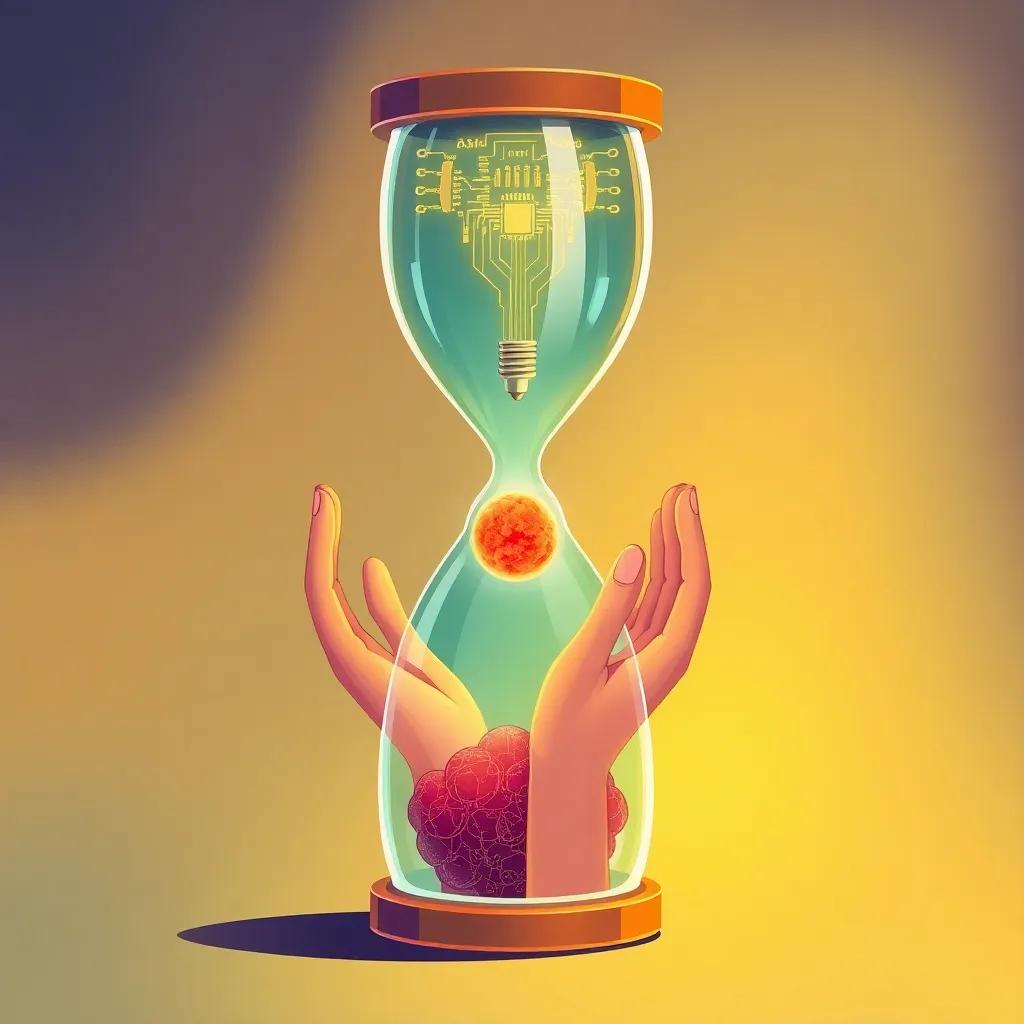A JAMA-published study demonstrates AI’s 32% superior cancer detection in post-mastectomy patients compared to radiologists, raising ethical questions about AI oversight and operational balance between sensitivity (65.8%) and specificity (91.5%).
A JAMA study reveals AI detects 32% more post-mastectomy cancers than radiologists, sparking debates on integrating AI into clinical workflows while addressing ethical and trust challenges.
Redefining Surveillance Paradigms
The October 2023 JAMA study led by Dr. Ha and colleagues analyzed 4,217 post-mastectomy cases across 14 US cancer centers. AI systems demonstrated a 32% higher detection rate for locoregional recurrences compared to standard radiologist evaluations. ‘This isn’t about replacement, but augmentation,’ Dr. Ha emphasized during an RSNA 2023 panel discussion. ‘Our data shows AI catches what fatigued human eyes might miss, particularly in dense tissue areas.’
The Double-Edged Algorithm
While AI’s 91.5% specificity reduces unnecessary biopsies, its 65.8% sensitivity leaves concerning gaps. Dr. Linda Moy, NYU Langone radiologist not involved in the study, cautions: ‘We’re trading different risks – fewer false positives but potential missed malignancies. The FDA’s new ‘clinical AI co-pilot’ framework (released October 24) wisely mandates human verification for all negative AI readings.’
Workflow Revolution or Pandora’s Box?
MIT’s parallel Nature study (October 20) reveals 57% of patients insist on MD validation of AI results. UCSF’s pilot program testing AI-first screening reduced radiologist workload by 37% but increased patient anxiety scores by 18% when lacking transparent AI explanations. ‘Patients tolerate human error better than algorithmic opacity,’ notes MIT behavioral scientist Dr. Arun Rajkumar.
The Explainability Imperative
With 68% of oncologists demanding visual explainability tools (per RSNA survey data), developers face new challenges. Aidoc’s newly FDA-cleared breast cancer AI suite (October 23) includes heatmap overlays showing decision-making pathways. ‘Without understanding why AI flags an area, we can’t build therapeutic alliances with patients,’ stresses Dr. Ha.
Toward Hybrid Intelligence
European Radiology’s October 22 report shows 29% faster treatment initiation in AI-assisted workflows. The JAMA study’s 0.82 AUC score for AI versus radiologists’ 0.76 suggests measurable diagnostic superiority, yet most experts advocate for blended approaches. As Dr. Ha concludes: ‘The ideal future has AI as tireless first reader, with radiologists focusing on complex cases and patient communication – it’s about elevating both machine and human potential.’

